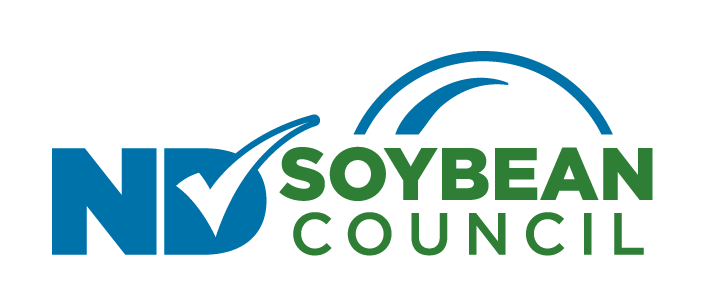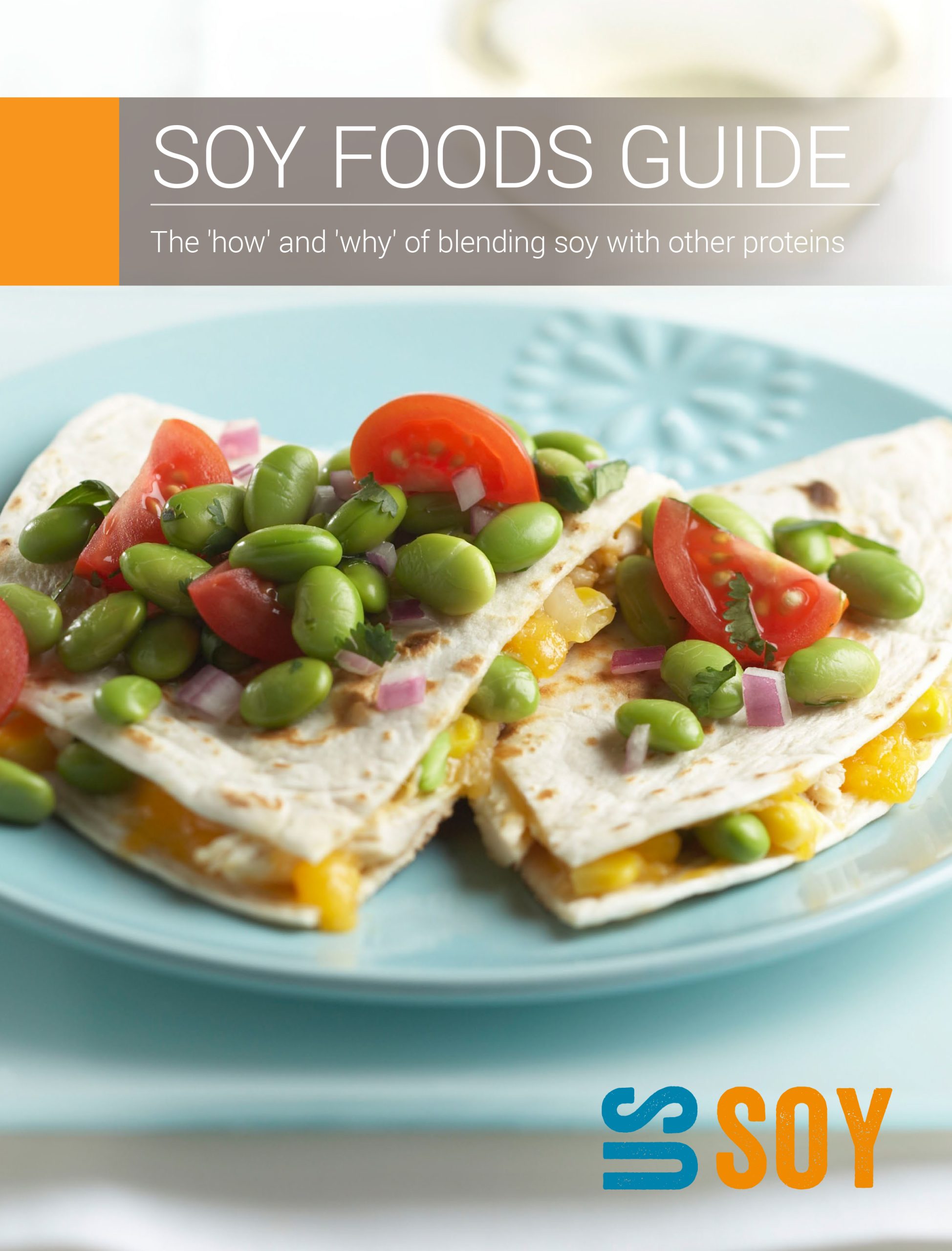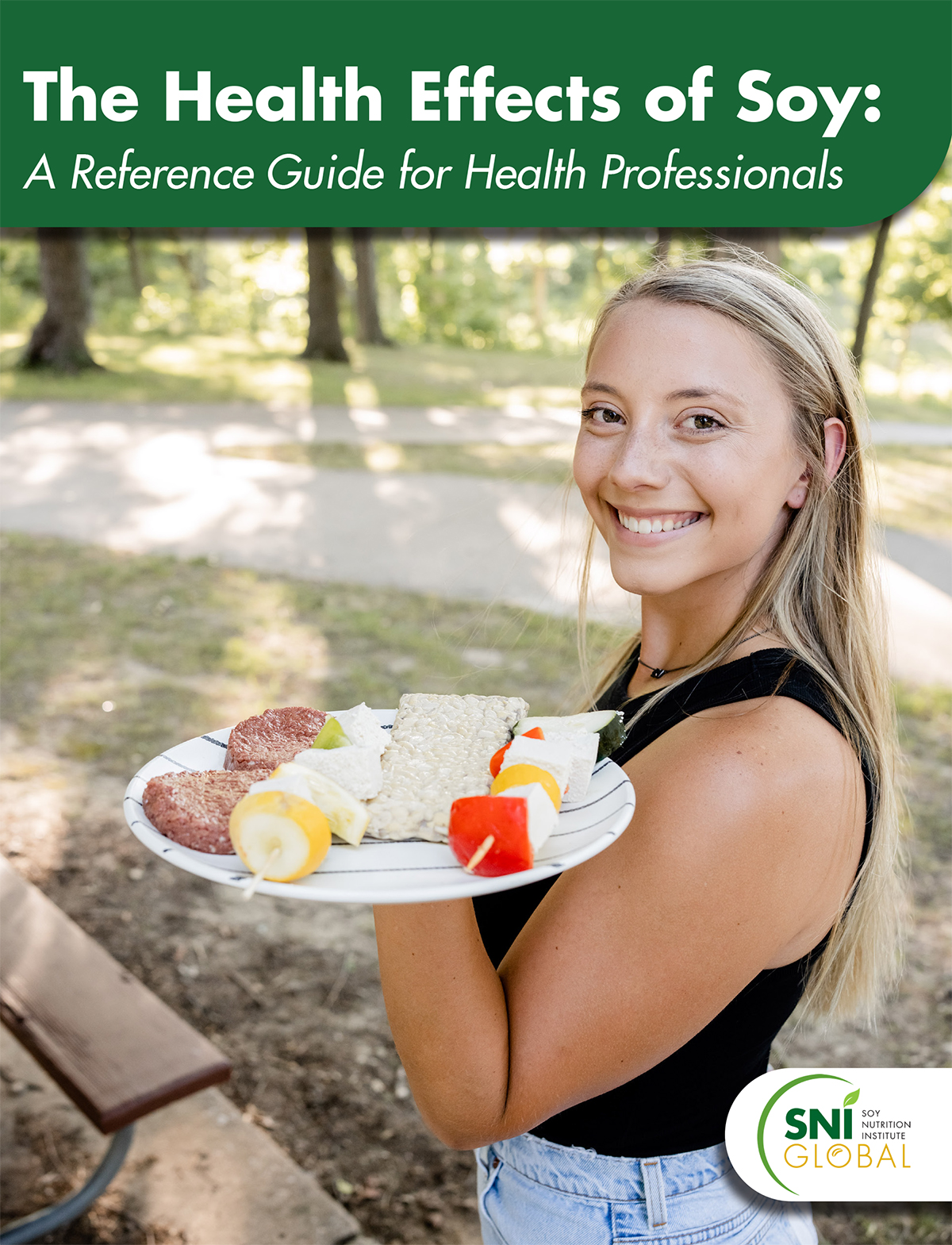
Soy on Your Plate
2024 NDSCS Culinary Students’ Soy Recipe Winners
CLICK HERE to see recipes and photos of the 2024 Soy Recipe Winners, courtesy of ND State College of Science Culinary Students.
2023 NDSCS Culinary Students’ Soy Recipe Winners
CLICK HERE to see recipes and photos of the 2023 Soy Recipe Winners, courtesy of ND State College of Science Culinary Students.
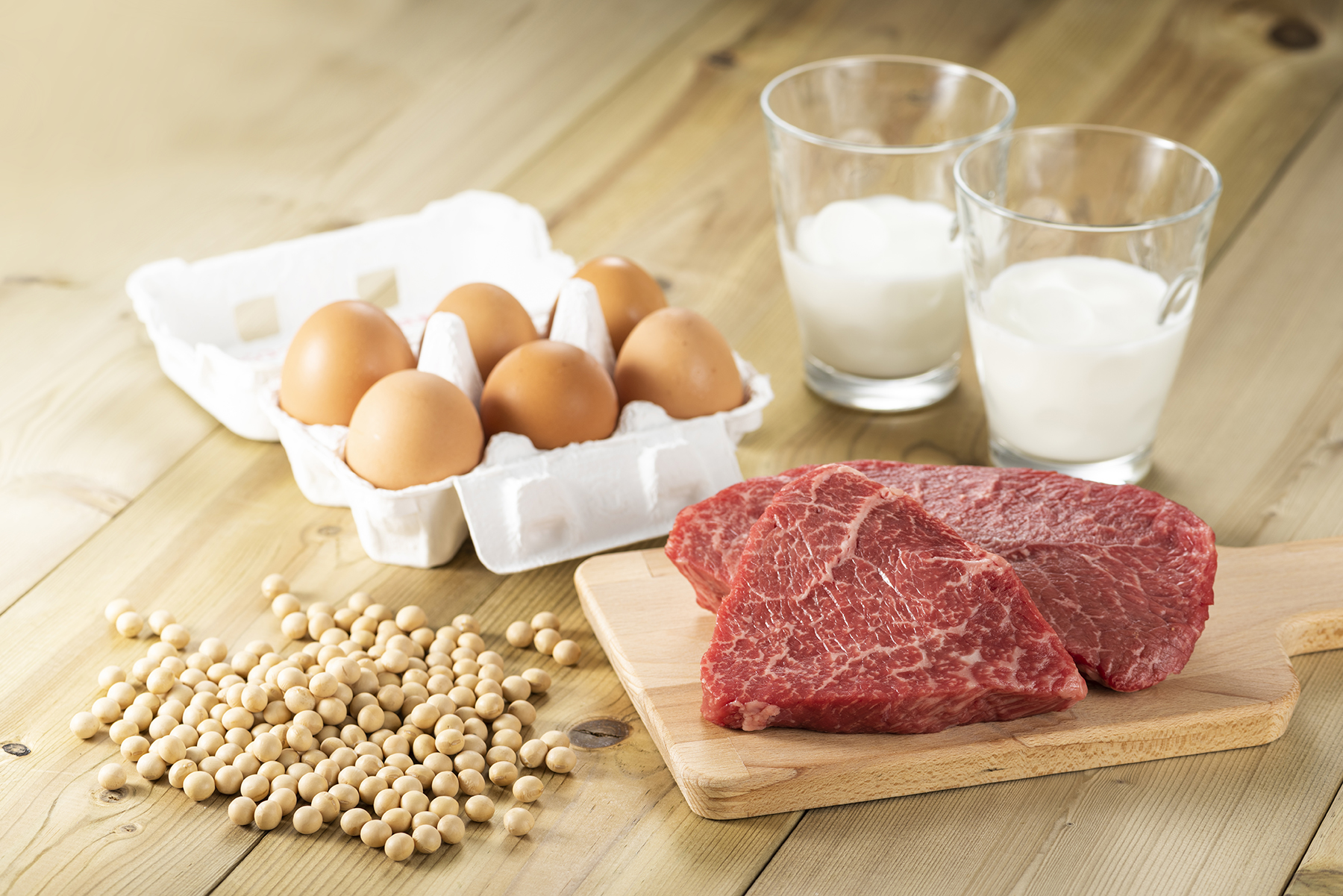
Soy provides high quality, healthy protein that is valued for both animal and human nutrition. Today’s consumers want protein options, which includes both animal and plant proteins. Because of soy’s healthy profile, if consumers want alternative proteins, the NDSC wants soy to be their number one choice.


Soy Protein & Oil
Soy protein provides all the essential amino acids in the amounts needed by the body to make protein. Soy protein also includes additional nutrients, such as folate, potassium and fiber. Soy protein is the only plant protein comparable in quality to animal protein. Speaking of animal protein, U.S. soybean producers provide the animal agriculture industry with a consistent and reliable source of protein for feed — so soy contributes to tasty meat-based dishes as well.
Soy checkoff funds are hard at work, ensuring that experts in health and food learn the benefits of soy. Because the more they understand, the more soy they’ll want; and the more opportunities U.S. soybean farmers will have to continue to supply not only the nation but the world with quality soybean products. That’s good news for consumers, soybean farmers and U.S. agriculture.

Soy Nutrition & Health
Soybeans are a dynamic protein source for human food as well as for animals. Soy foods are a staple in many diets because of their powerful nutritional profile. Soy foods contains high levels of healthy protein as well as fiber. Soy also contains essential vitamins and compounds called isoflavones, that have been shown to have health benefits.
The health effects of soy have been rigorously investigated for 30 years and researchers are continually gaining new insights into health outcomes associated with soy.
A large study published in 2022 involving nearly 100,000 middle-aged men and women in China found high soy intake was associated with a reduced amount of total cardiovascular events, like stroke and heart attack and all-cause mortality. Regularly eating soy protein may be beneficial for cholesterol levels, making it a heart-healthy food, according to research published in the Journal of the American Heart Association. The FDA also authorized a health claim about soy protein, stating that in diets that are low in saturated fat and cholesterol, regular consumption of 25 grams of soy protein a day has been associated with reducing cardiovascular disease risk.
But let’s talk taste! Soybean meal is used as a vegetable protein source in products such as plant-based alternatives, tofu and soy milk. Soybean oil remains the most prevalent vegetable oil in the United States as the food industry uses soybean oil to fry food and also in large-scale bakeries. You can also find soybean oil throughout the grocery store, from bottles of pure vegetable oil to salad dressings and hundreds of other items.
There are a wide range of resources available to help you learn more about the benefits of soy and direction on how to incorporate more soy nutrition into your diet. There’s even recipes designed to give you tasty and creative ways to boost the health benefits of your next meal, snack or even dessert!

Soy Connection: The Soy Connection provides a wealth of information about soyfoods. Soy Connection also produces a downloadable Soyfoods Guide to showcase the benefits of soy and offer ways to incorporate soy products into everyday diets. The information, including the Soyfoods Guide is available at www.soyconnection.com
The Soyfoods Council: The mission of The Soyfoods Council is to serve as a catalyst, leader and facilitator to mainstream soy-based foods into the global marketplace—America and beyond. To mainstream soyfoods: to build the category of soyfoods products by making action-prompting connections between edible soybean growers and food producers, foods distributors, chefs, retailers and eventually consumers. www.thesoyfoodscouncil.com
Soy Nutrition Institute Global: Soy Nutrition Institute Global works to identify, develop, and fund soy-related research priorities and provide evidence of the impact of soy on human health. www.thesoynutritioninstitute.com
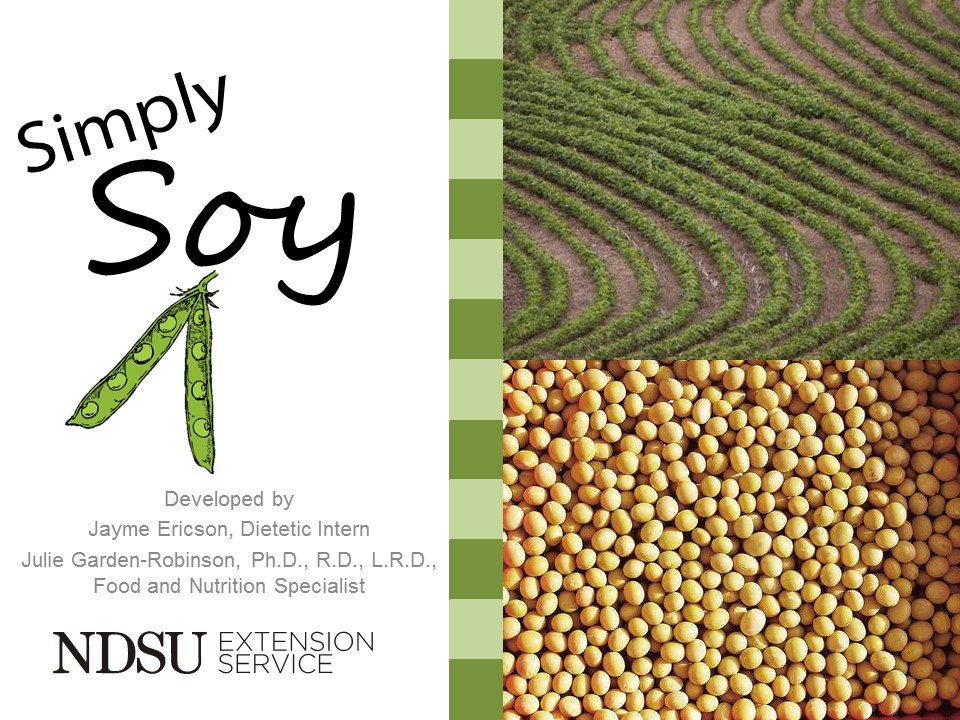
Simply Soy
North Dakota State University Extension offers the Simply Soy teaching package. Supported by the NDSC and soybean checkoff Simply Soy provides educators and others with resources to help teach about the many uses of soybeans including in human nutrition.
Click here for Simply Soy Teaching Package.

Animal Protein & Soy
Soy provides a complete protein that is a valuable part of feed rations for pork, poultry, cattle, dairy and even fish.
Animal agriculture is the soybean industry’s largest customer, and more than 90% of U.S. soybeans produced are used as a high-quality protein source for animal feed. About 70% of the soybean’s value comes from the meal, and 97% of U.S. soybean meal goes to feed livestock and poultry.
Soy also supplies nutritional needs and health benefits for humans. Both animal protein and soy protein can be incorporated into a healthy human diet. Consumers have a wide range of protein options. If their choice is not animal protein, we want soy to be their number one choice.
